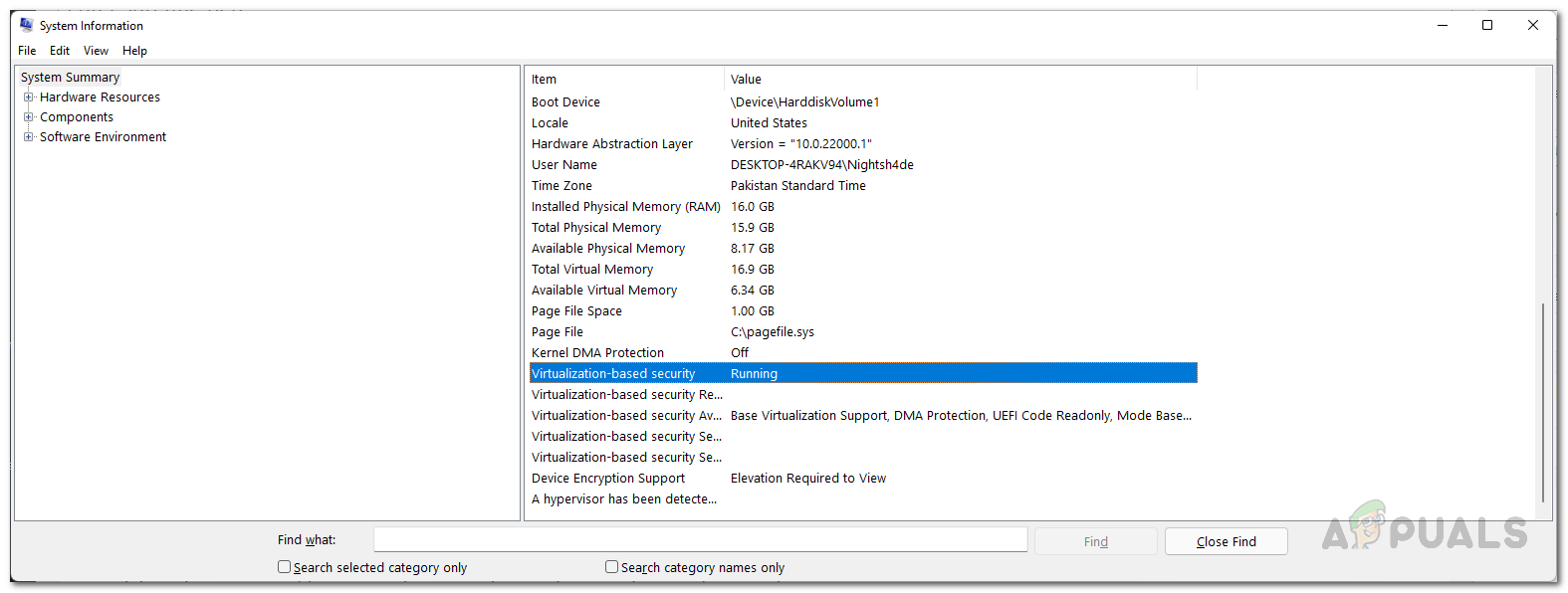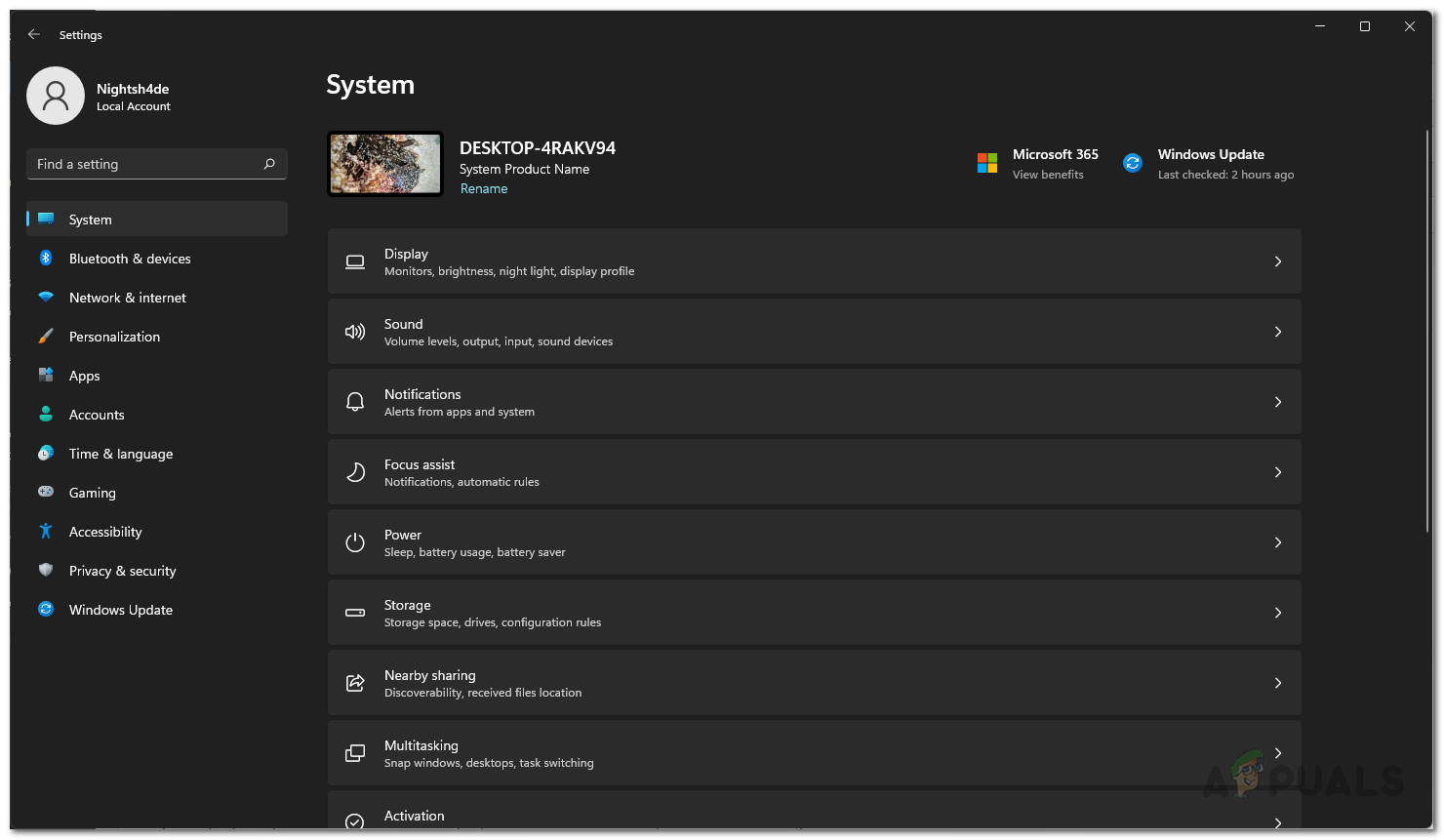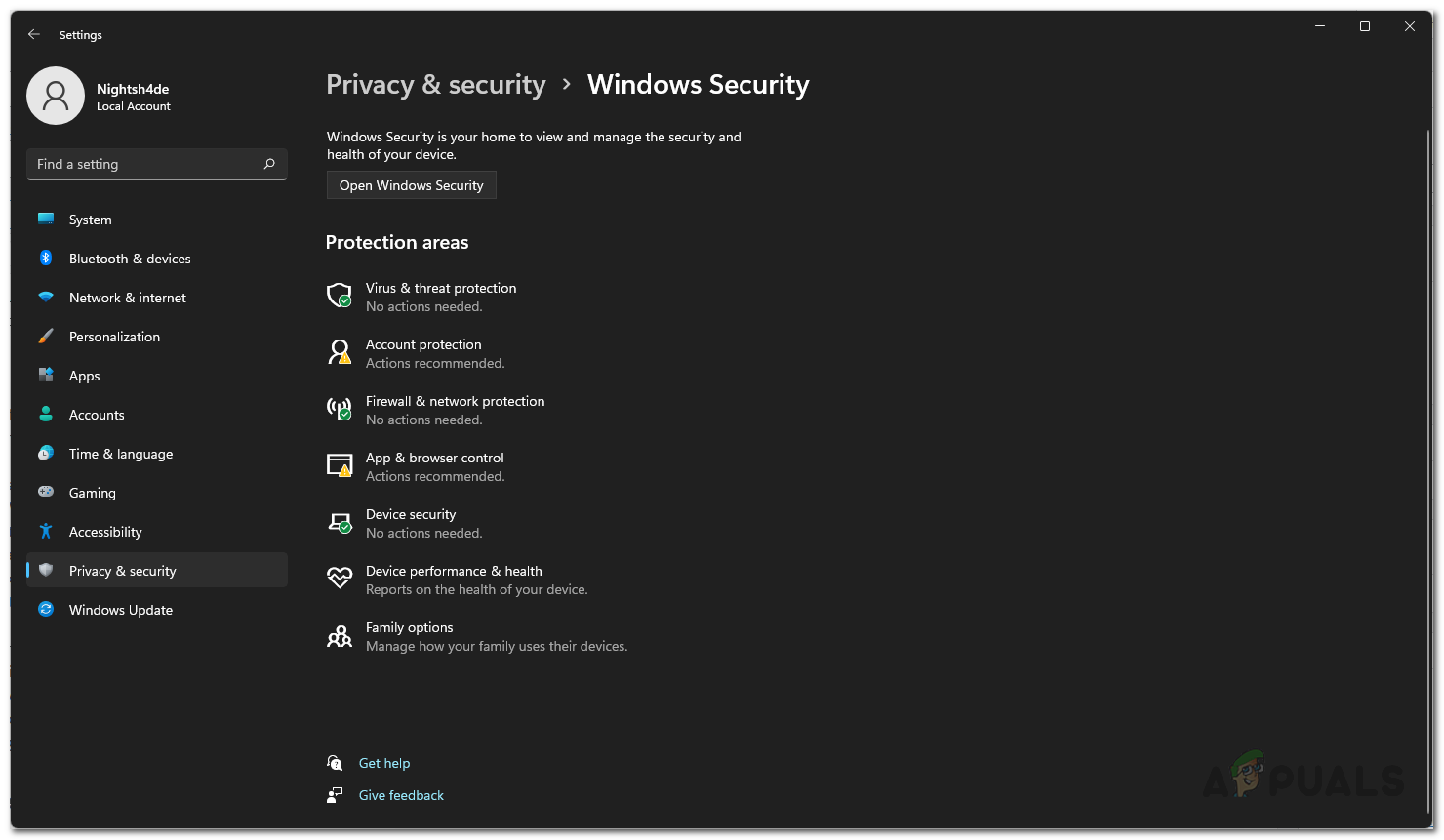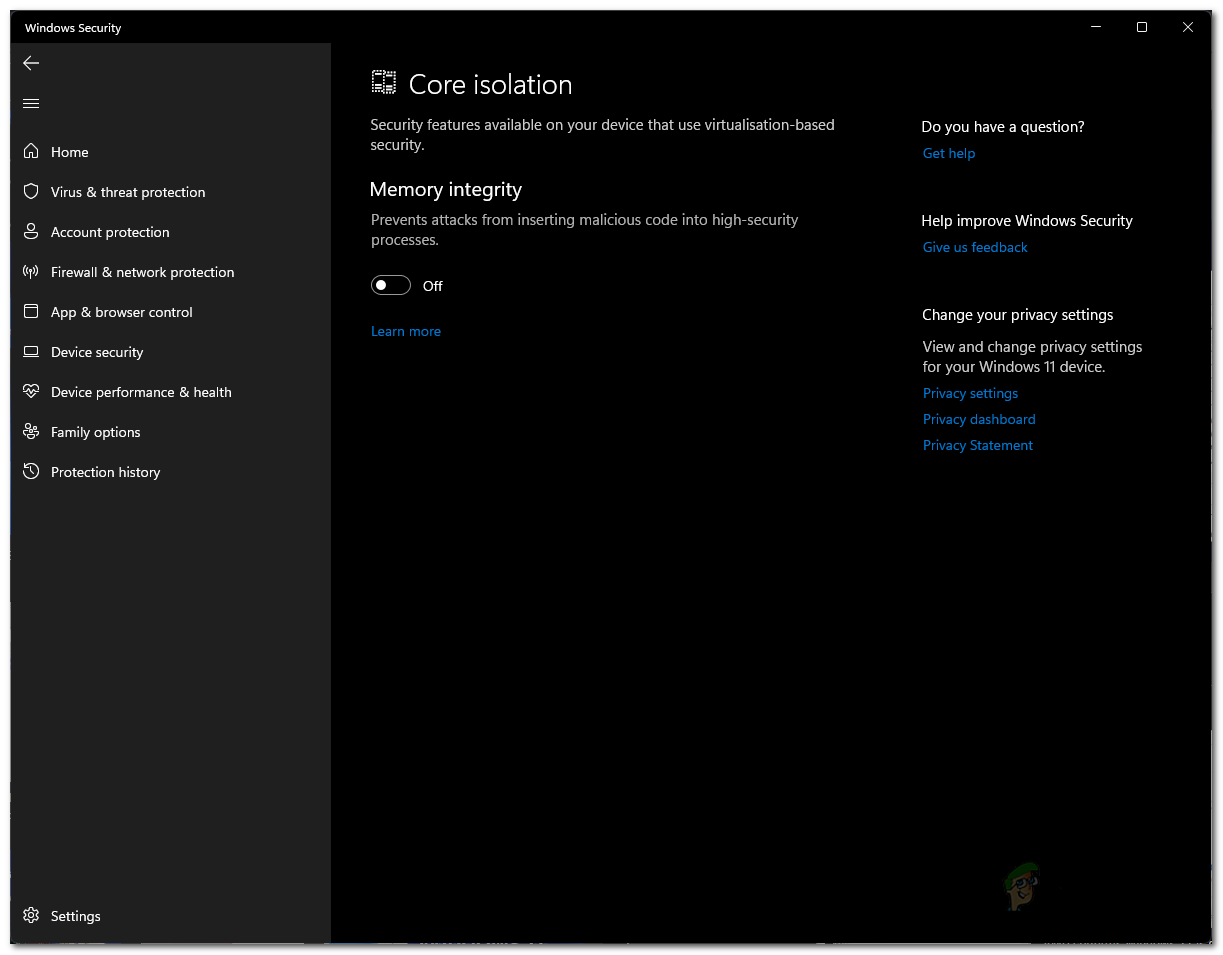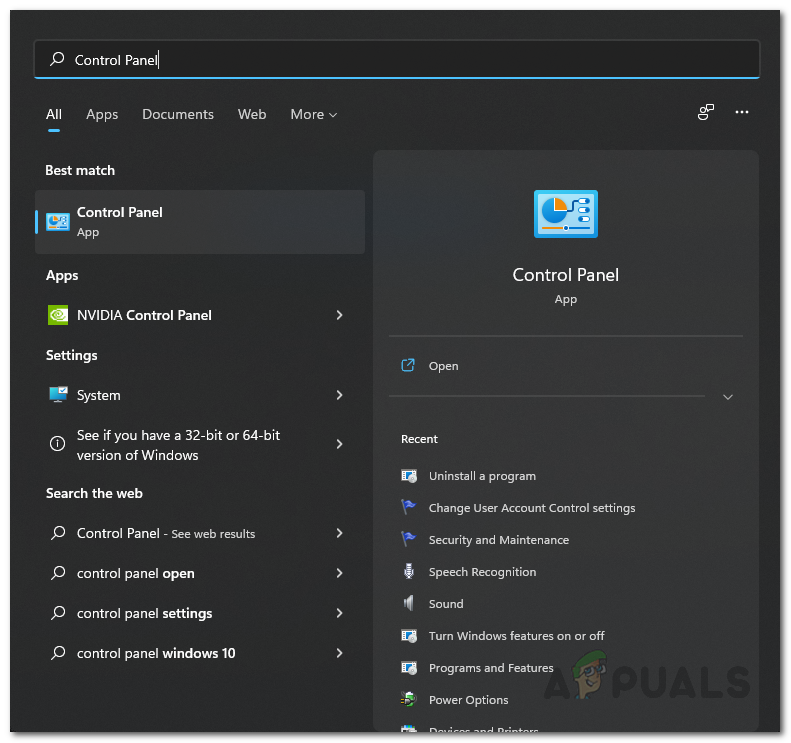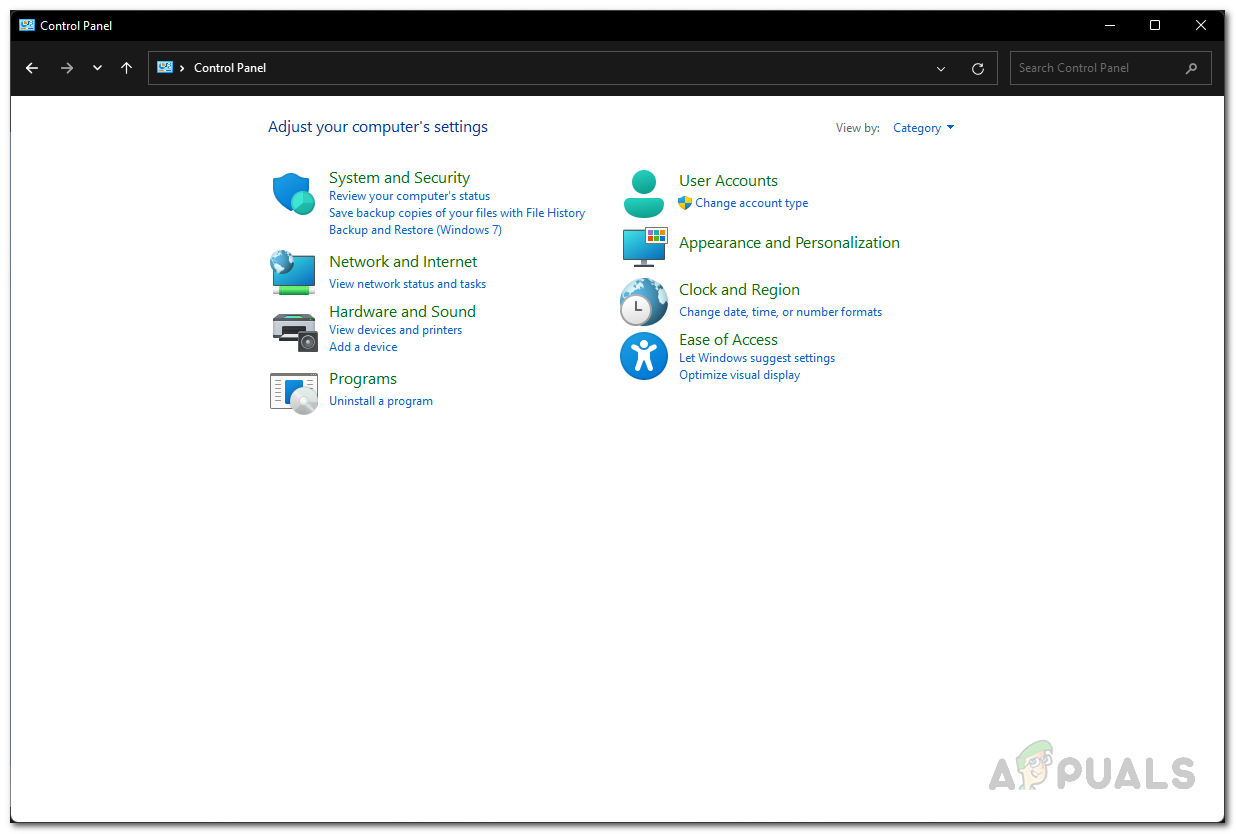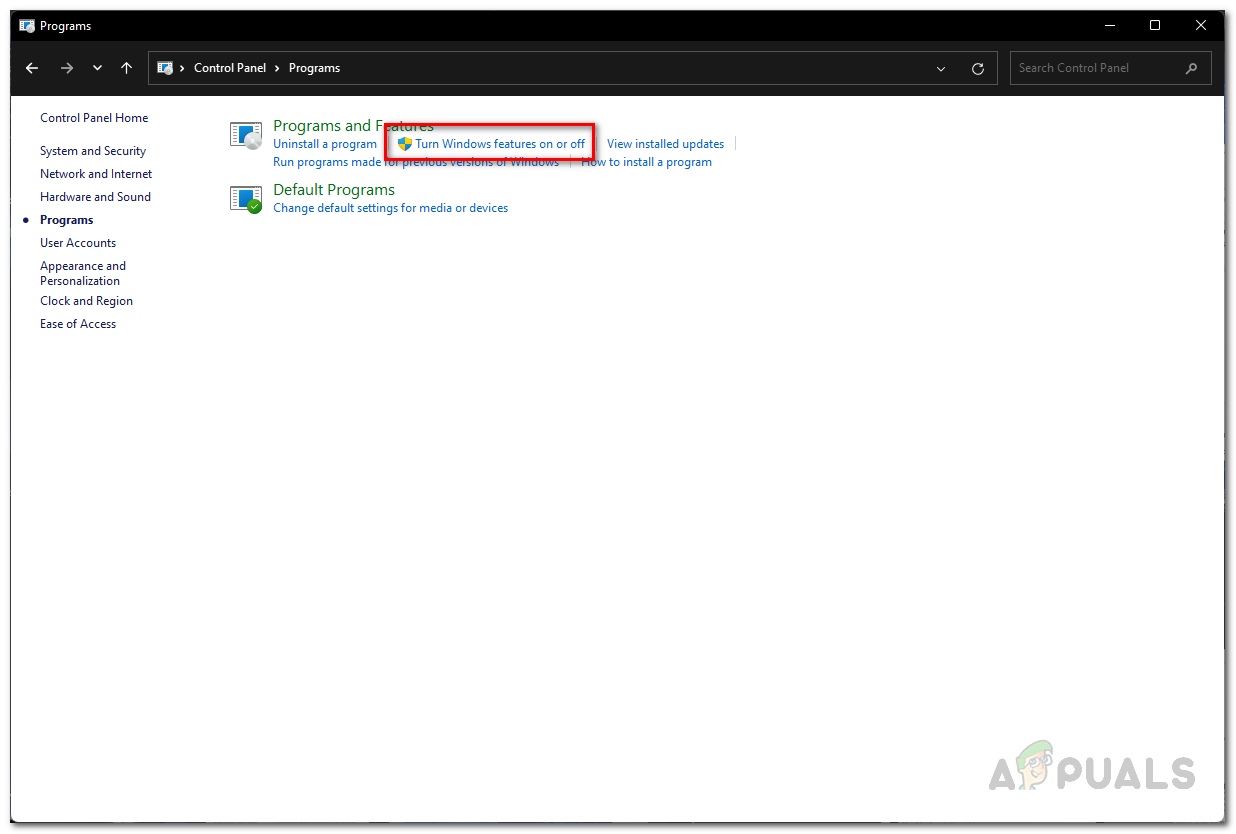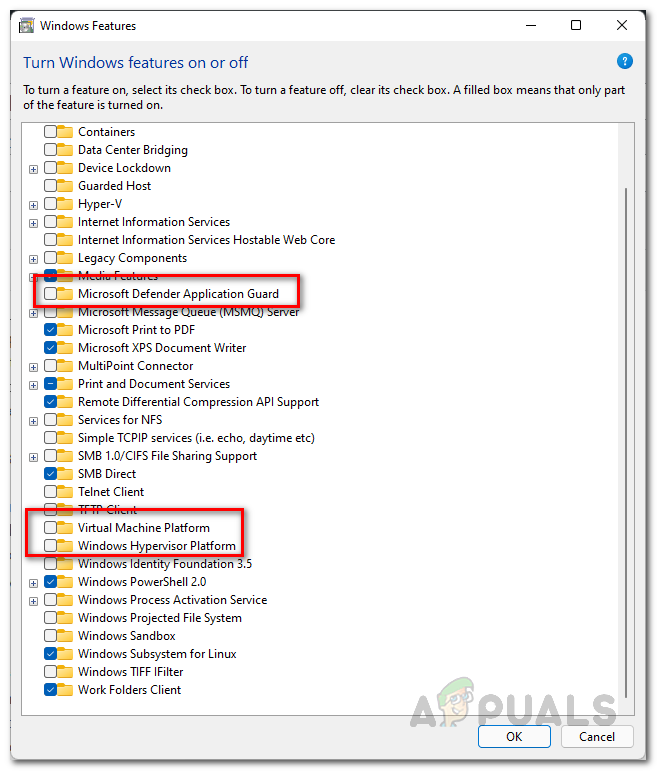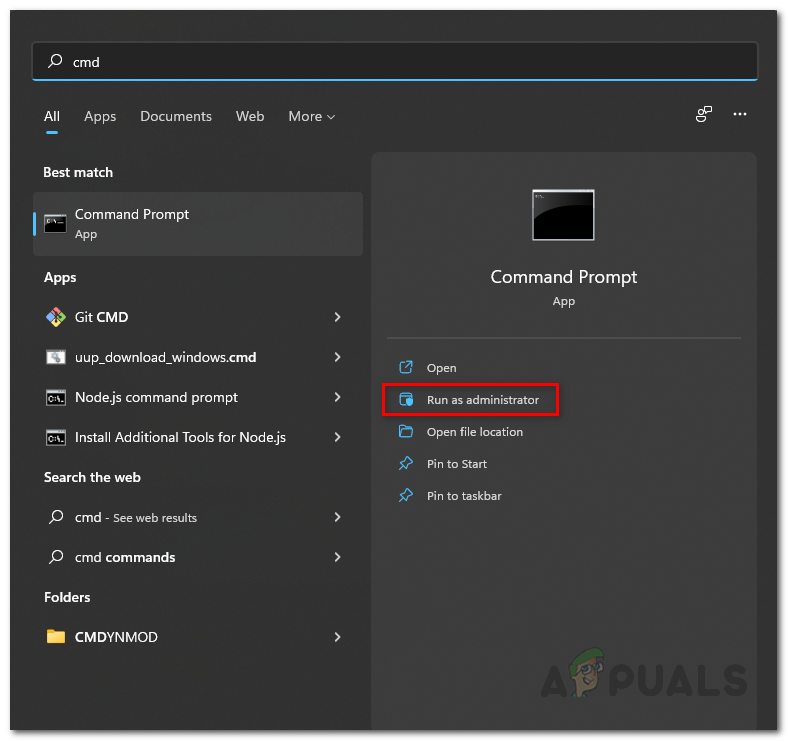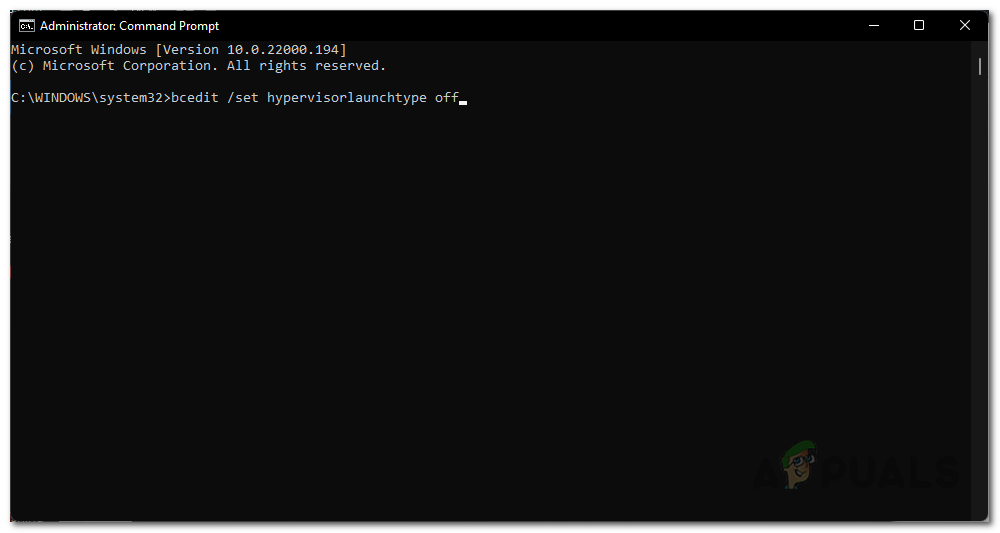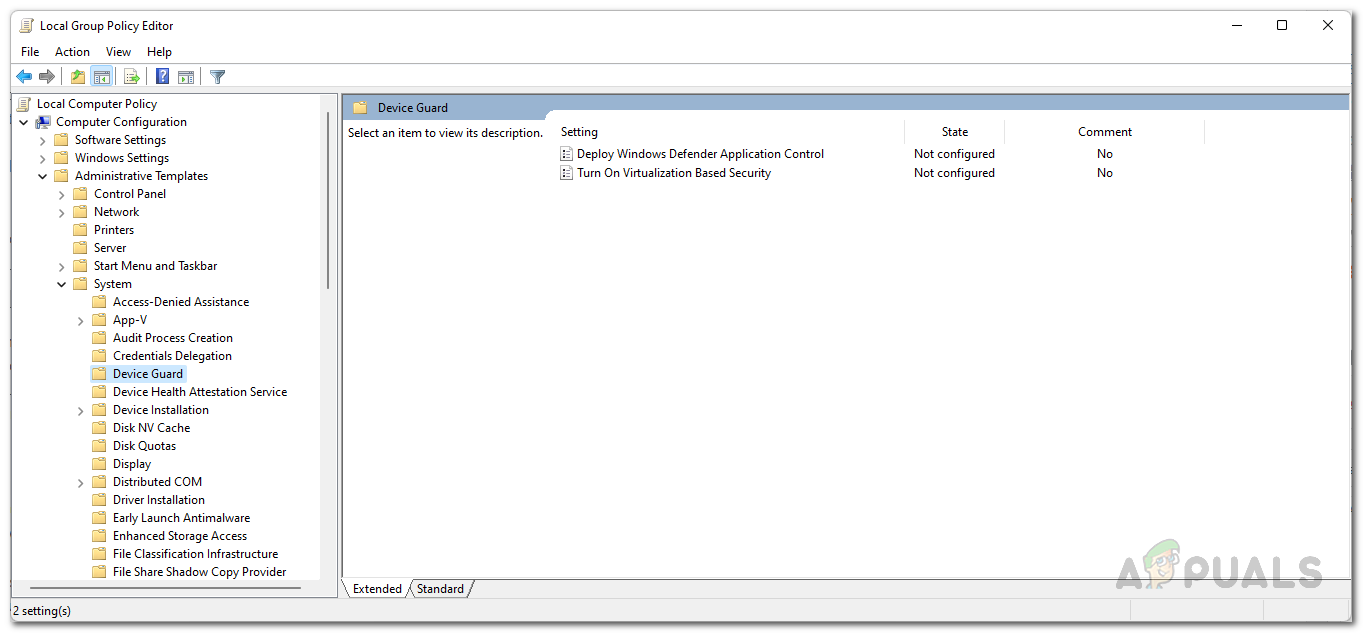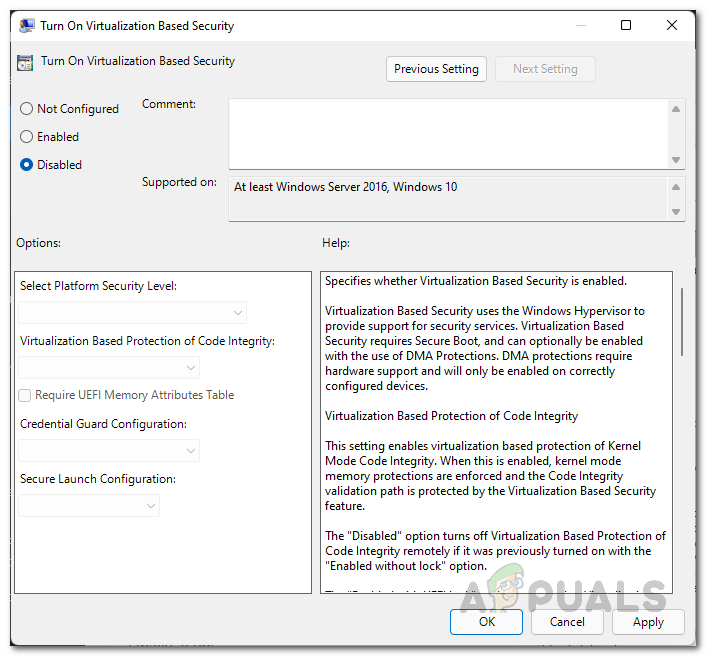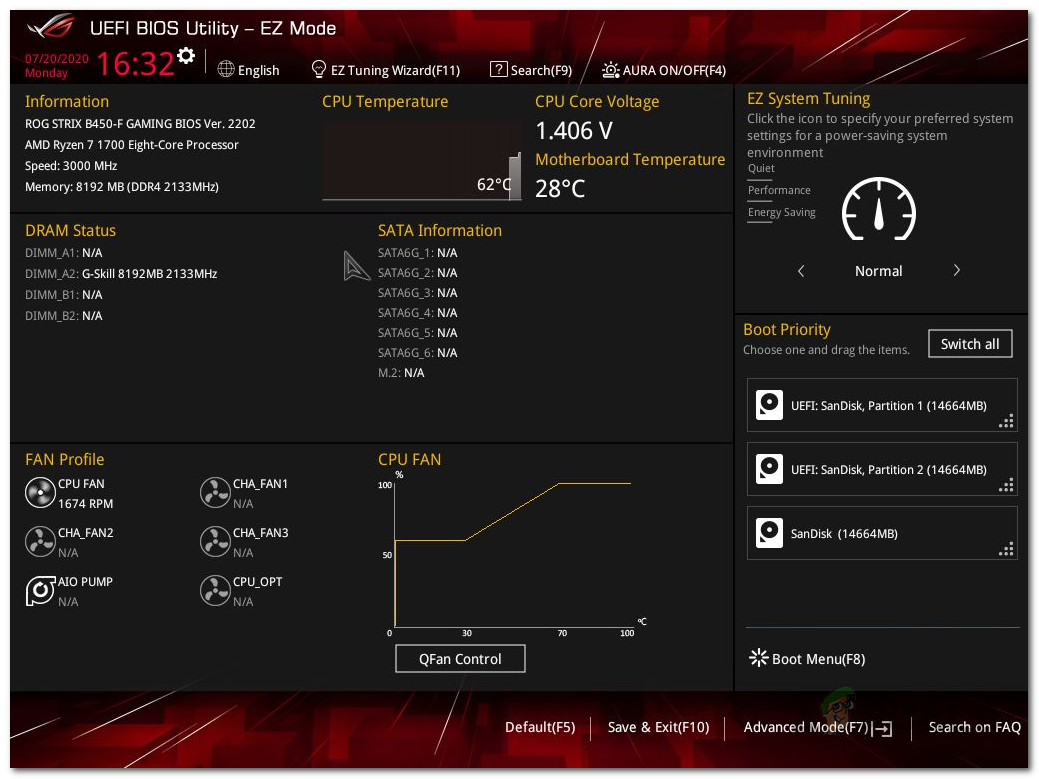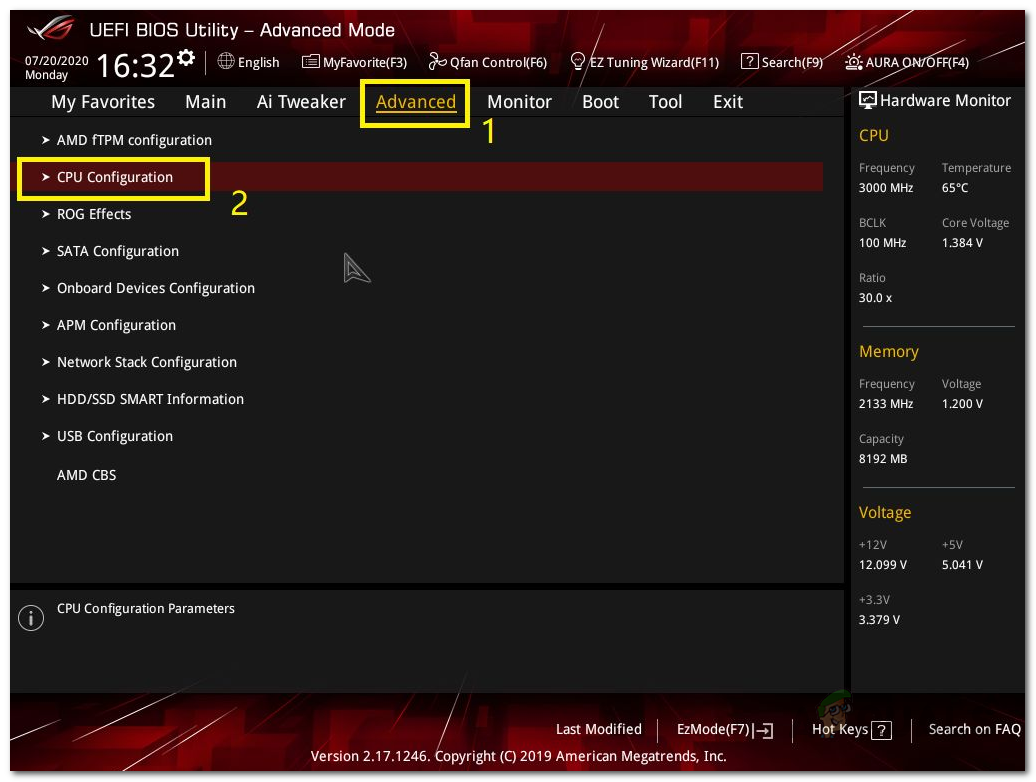This said feature is called Virtualization Based Security or VBS in short. VBS is not a new feature and it has been around in Windows 10 as well. Virtualization Based Security is basically a security feature that uses the Windows hypervisor to create isolated regions of memory from the normal operating system. In essence, it uses software and hardware virtualization to improve the security of your system. While security is an important thing, coming at the cost of 25% gaming performance on certain games may not be appreciated by everyone. If you are simply upgrading to Windows 11 from 10, you do not really have to worry about VBS being enabled on your computer. The problem is mainly for those who received a new system with Windows 11 preinstalled which in most cases is an OEM build. If this case is applicable, your gaming performance will take a significant hit and in such a scenario, you will have to simply disable VBS on your operating system. If you are experiencing degraded performance after upgrading to Windows 11, you can also give disabling VBS a try but it may not really work for you. With that said, let us get started and show you how to disable VBS in Windows 11.
Disable VBS from Windows Settings
The Windows Settings app has received a revamp in the new version of the operating system. The standard home page layout is no longer there and instead you see the different options and tabs available on the left-hand side. One way of disabling Virtualization based Security would be through the Windows Settings app. Follow the instructions given down below to do this:
Turn off Windows Virtualization Features
Since Virtualization based security is a feature of Windows Virtualization, you can disable it by simply turning off the Windows virtualization features from the Control Panel. To do this, follow the instructions given down below:
Disable VBS with Command Prompt
Another way of disabling the Virtualization based security feature would be to do through the Windows command prompt. For this, you will need to open up an elevated command prompt so make sure that you are signed in as an administrator. After that, follow the instructions given down below to do this:
Disable VBS from Local Group Policy Editor
You can also use the Local Group Policy Editor on your computer to disable Virtualization based security. To do this, follow the instructions provided down below:
Disable Virtualization from BIOS
Finally, if you are looking for more of an advanced approach, this is the method for you. As it turns out, you can disable the virtualization technology on your computer from your BIOS. Now, depending on your manufacturer and the BIOS version that you are using, the procedure may differ a little. In addition to that, if you are using an Intel processor, you will have to look for Intel Virtualization Technology while in the case of AMD, this is called SVM or Secure Virtual Machine. In our example, we are using an ASUS motherboard with an AMD processor. The steps shouldn’t differ much for Intel and a different manufacturer on your end. Let’s get started.
Fix: Can not Find Script File ‘C:Windowssystem32Maintenance.vbs’What is GatherNetworkInfo.vbs and is it a Security Risk?NVIDIA Introduces DLSS 3.0 Exclusive to RTX 4000 GPUs, Offers A 4x Increase In…How to Increase PUBG Performance on Android with GFX Tool
